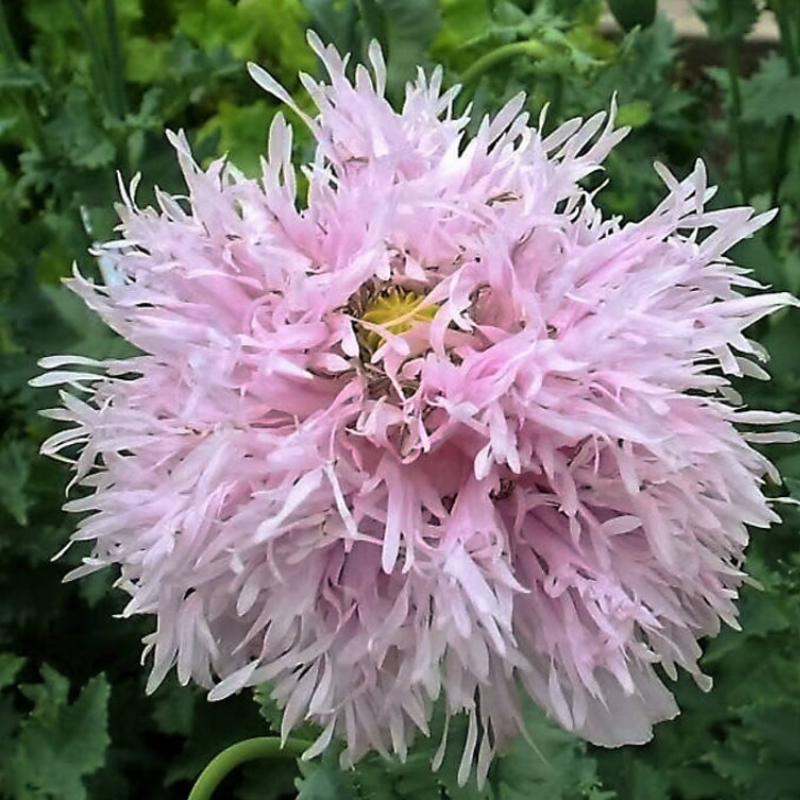- Historical context: The lilac poppy, also known as Papaver somniferum, is a variety of the opium poppy. It has been cultivated for centuries for its ornamental beauty and its seeds.
- Geographical origination: The opium poppy is believed to have originated in the Mediterranean region, particularly in areas that are now part of Turkey and Greece.
- Relevant cultural significance: The lilac poppy has been used historically in various cultures for its seeds, which are used in cooking, and for its latex, which has medicinal properties.
- Time period of discovery: The cultivation of opium poppies dates back to ancient civilizations, with evidence of its use as early as 3400 BCE in Mesopotamia.
- Original habitat: The original habitat of the opium poppy includes the Mediterranean basin, where it thrives in well-drained soils and sunny locations.
- Notable historical uses: Historically, the opium poppy has been used for its seeds in culinary applications, its latex for medicinal purposes, and its flowers for ornamental gardening.
- Ideal temperature range: Lilac poppies thrive in temperatures between 60°F to 70°F (15°C to 21°C).
- Soil type: They prefer well-drained, fertile soil with a neutral to slightly alkaline pH.
- Sunlight requirements: Full sun is ideal for lilac poppies, although they can tolerate partial shade.
- Watering needs: Moderate watering is required. The soil should be kept moist but not waterlogged.
- Planting season: The best time to plant lilac poppy seeds is in early spring or fall.
- Germination time: Seeds typically germinate within 10 to 14 days under optimal conditions.
- Growth cycle duration: Lilac poppies have an annual growth cycle, completing their life cycle within one growing season.
- Common pests and diseases: Common pests include aphids and slugs. Diseases such as powdery mildew and downy mildew can affect the plants.
- Companion planting advice: Lilac poppies grow well with other sun-loving plants such as lavender, marigolds, and cosmos.
- Common challenges and solutions: Challenges include overwatering, which can lead to root rot, and insufficient sunlight, which can result in poor flowering. Ensuring proper drainage and adequate sunlight can mitigate these issues.
- Nutritional values: Poppy seeds are rich in dietary fiber, essential fatty acids, and minerals such as calcium, iron, and magnesium.
- Health benefits: Poppy seeds have been known to aid in digestion, provide pain relief, and support bone health due to their high calcium content.
- Culinary uses: Poppy seeds are commonly used in baking, as a topping for bread and pastries, and in various traditional dishes.
- Medicinal uses: The latex derived from the opium poppy has been used historically for its analgesic properties. However, it is important to note that the cultivation and use of opium poppies for medicinal purposes are highly regulated.
- Other unique advantages: Lilac poppies are valued for their ornamental beauty, adding a splash of color to gardens. They also attract pollinators such as bees and butterflies.




